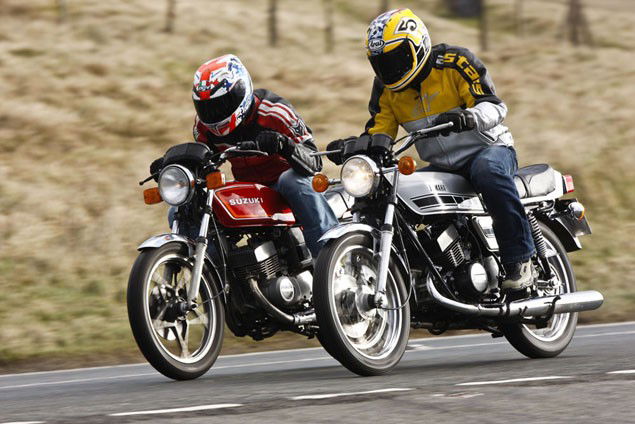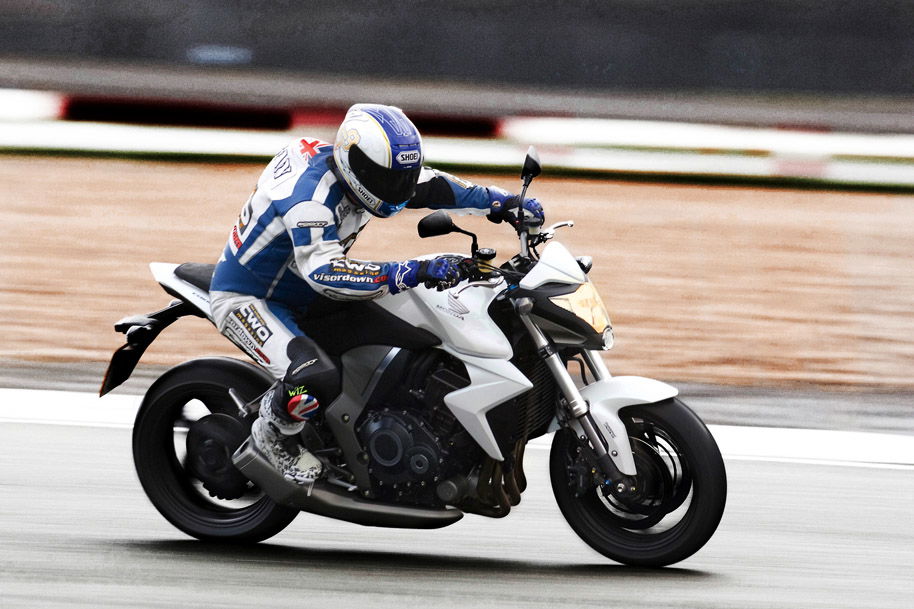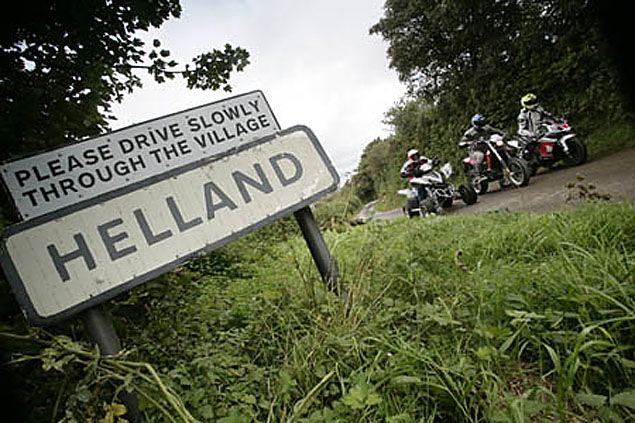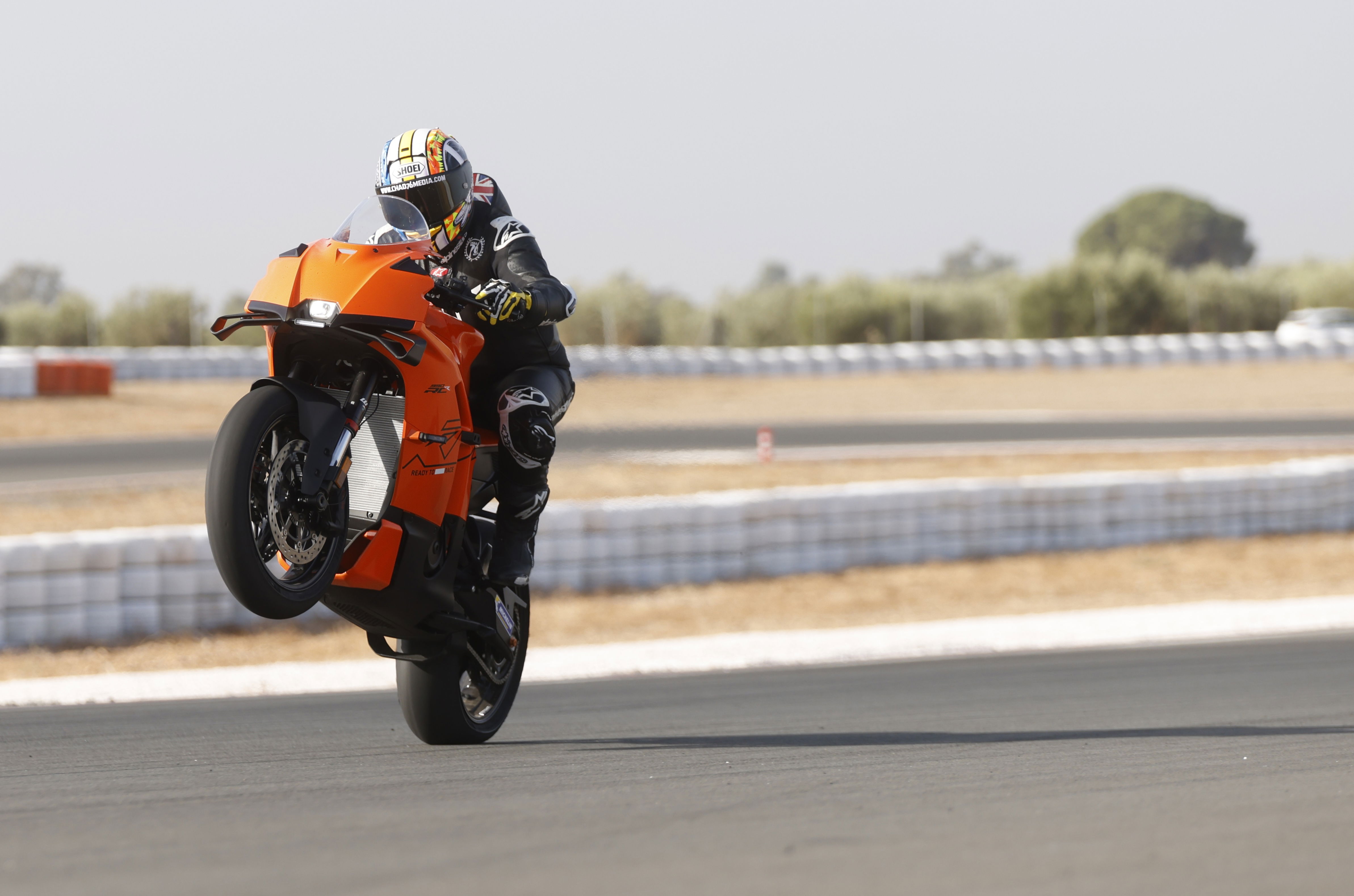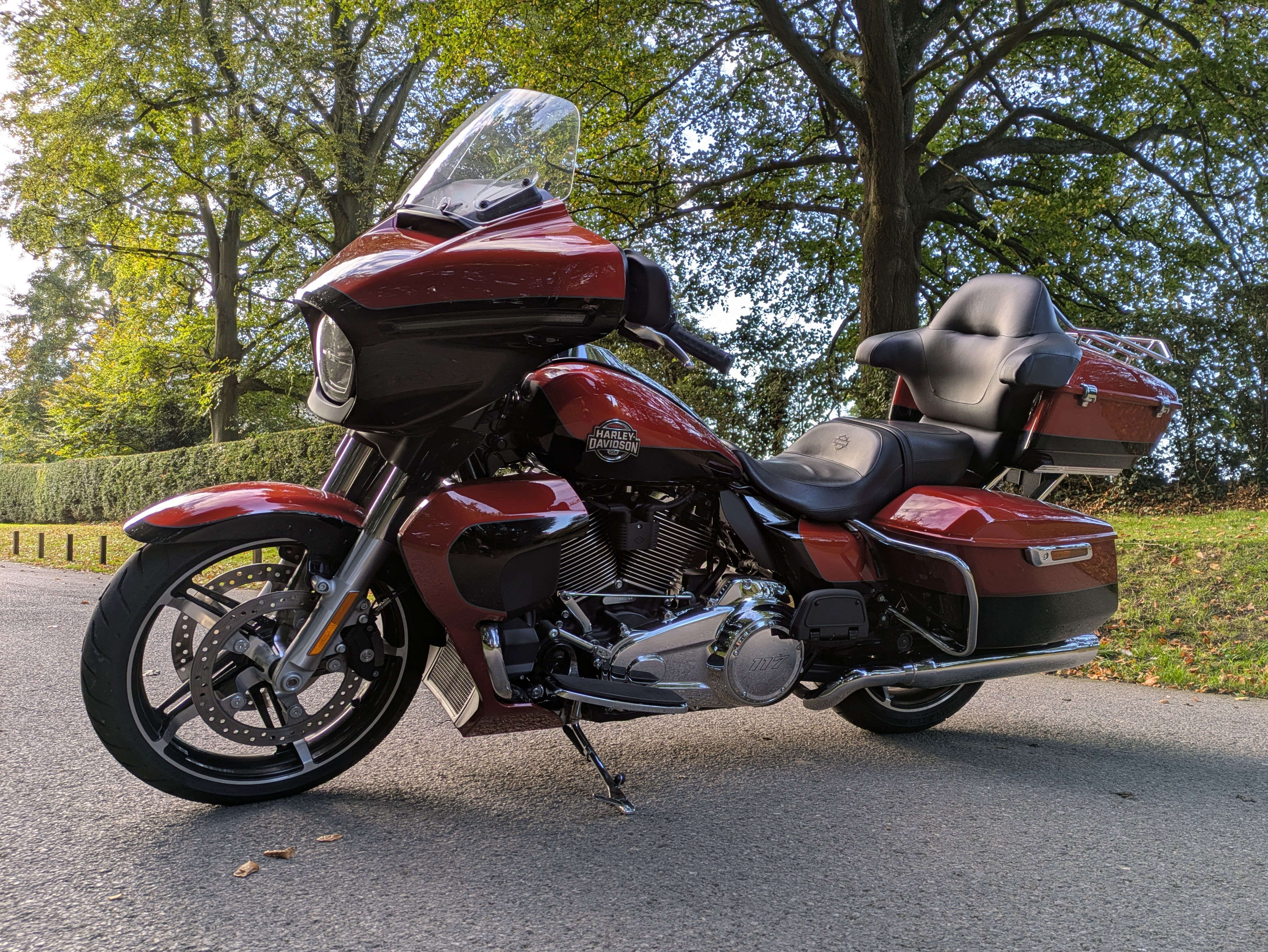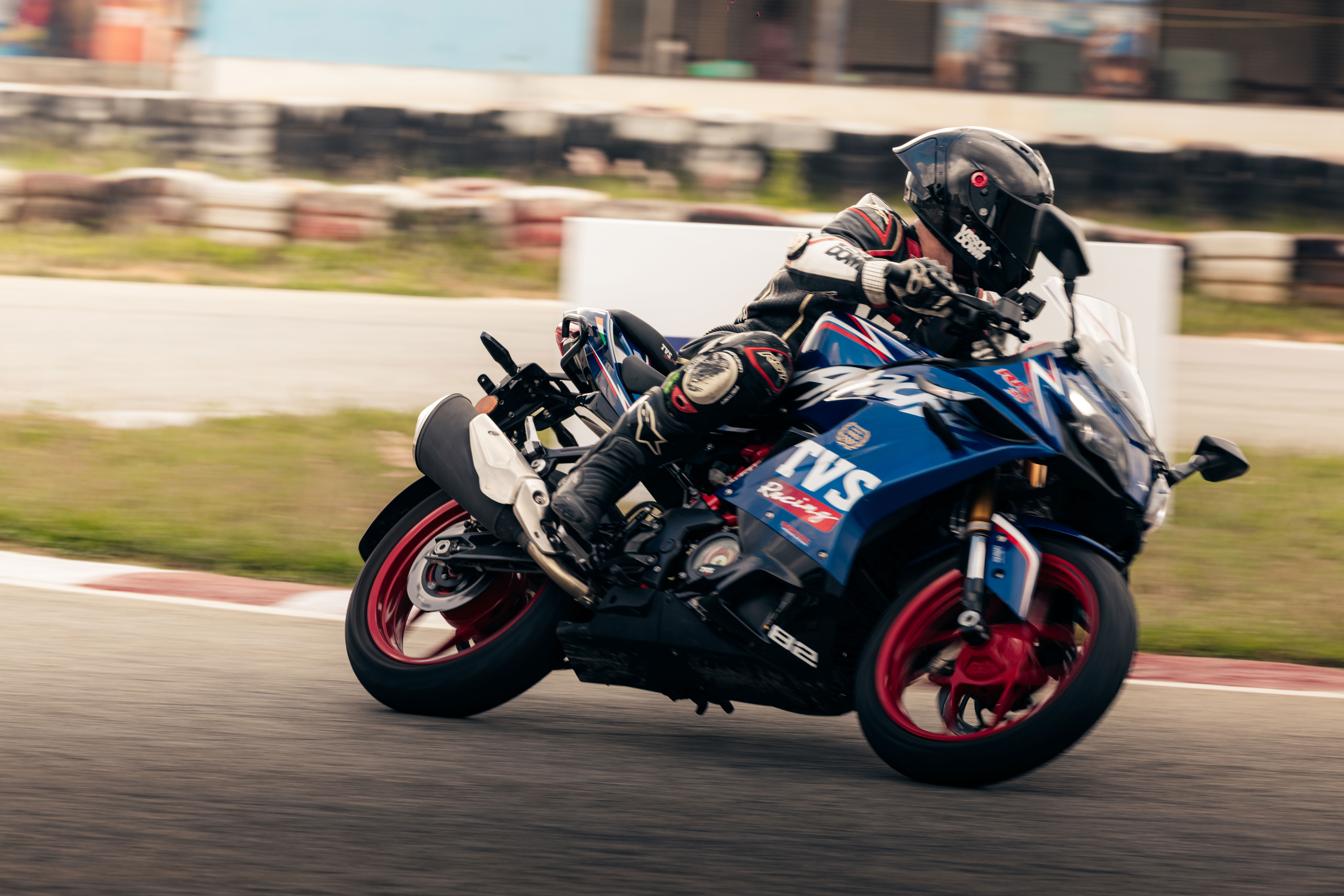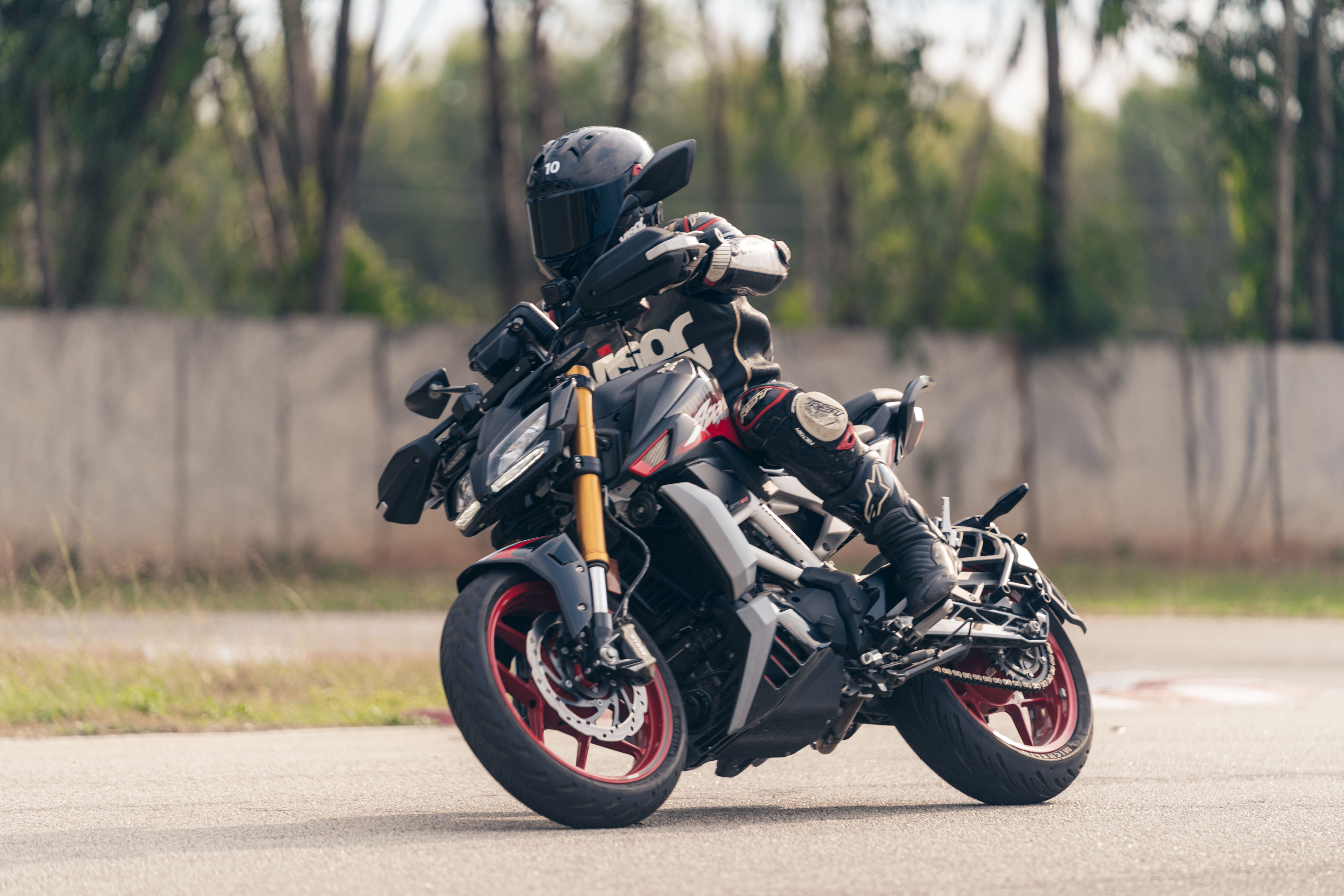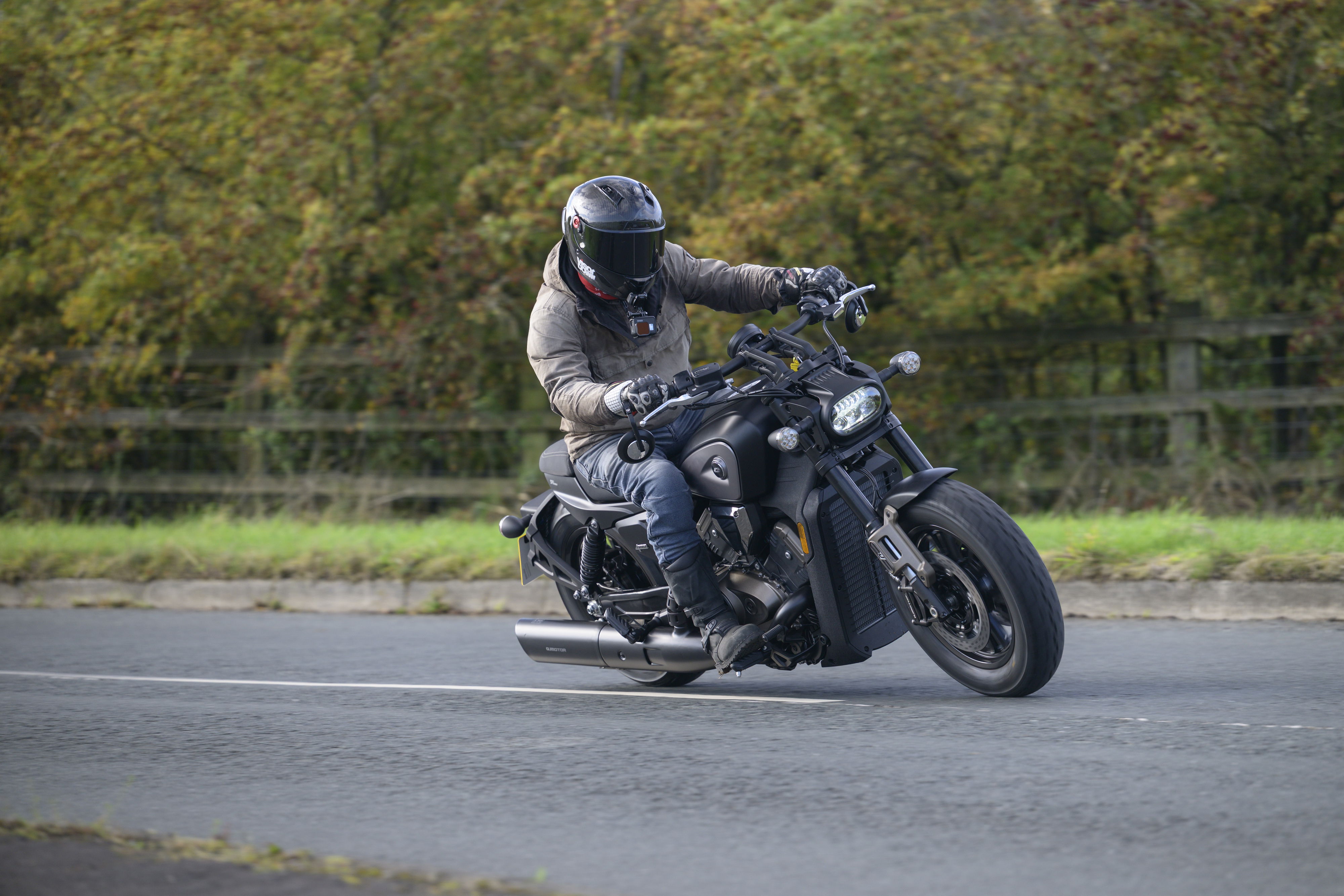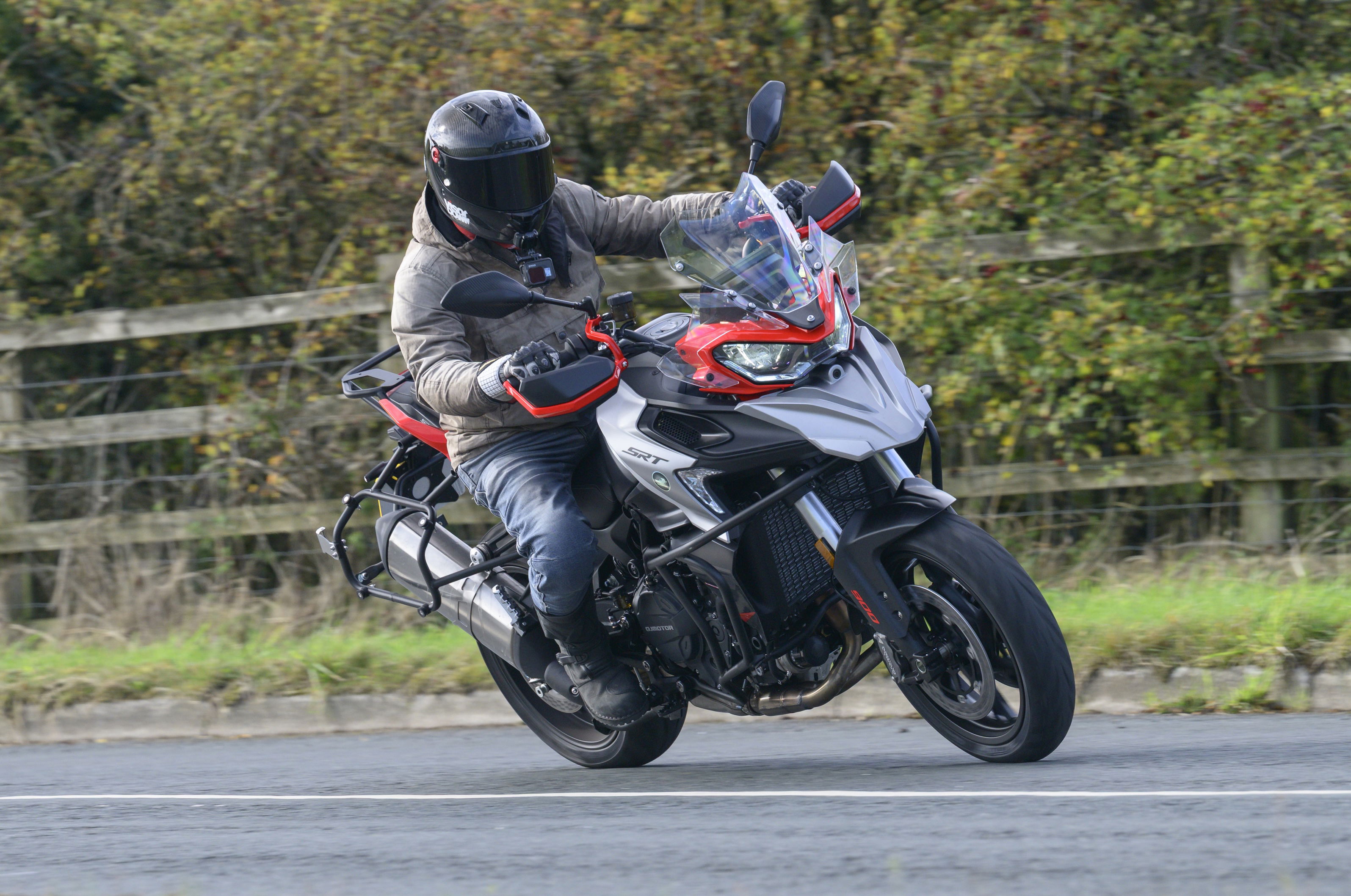Class of ‘80 - Yamaha RD250 vs. Suzuki GT250
It’s early 1980 and the threat of the four-stroke invasion hangs heavy in the air. Yamaha and Suzuki have been slugging it out for two years in what may be the final fling for the air-cooled strokers
Simon Bowen

